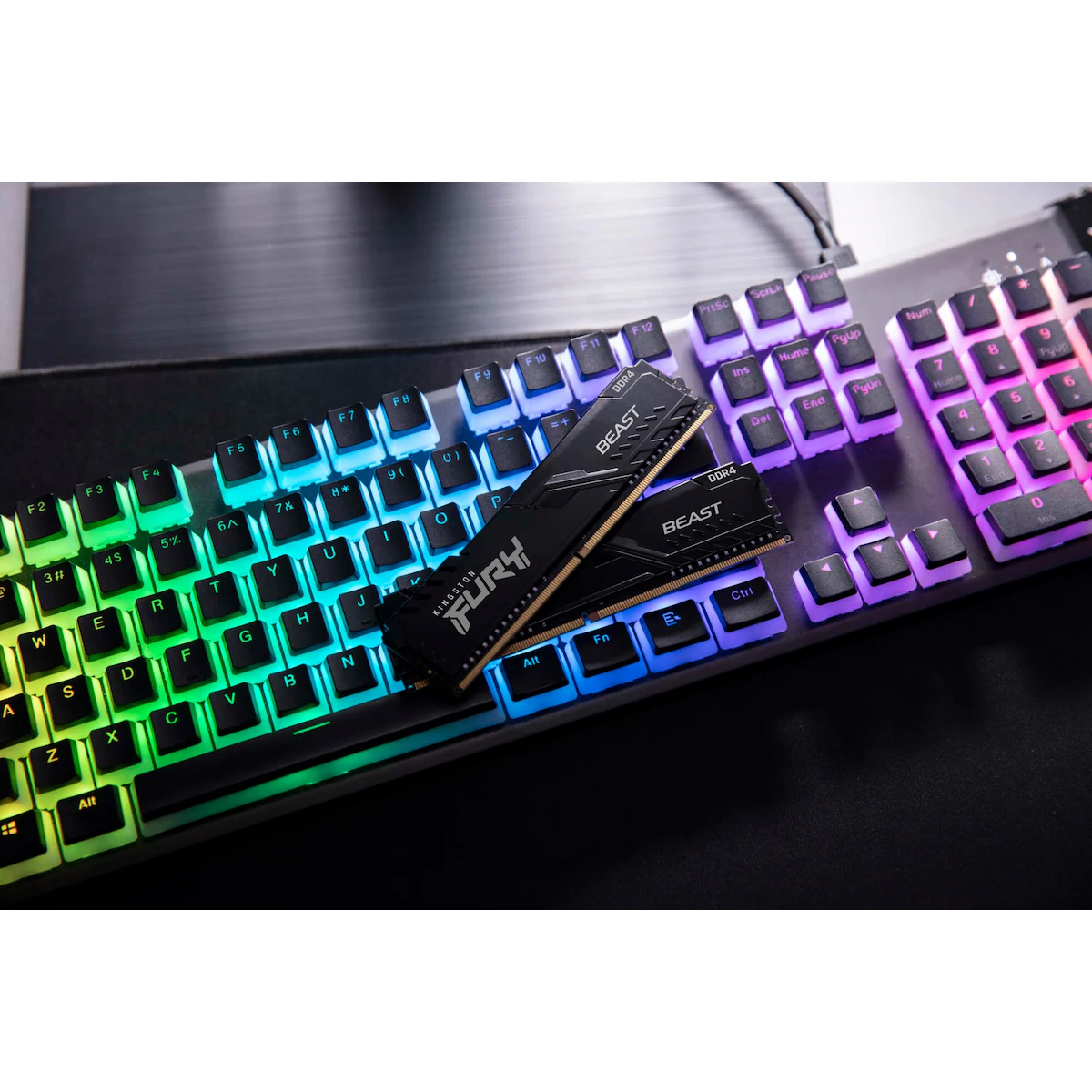Digital forensics investigations often involve analyzing both volatile memory (RAM) and persistent storage (disk drives). While both types of analysis serve important purposes, they have distinct differences in terms of data retrieval, evidence types, and forensic techniques. In this blog post, we’ll explore the key differences between RAM forensics and disk forensics, helping you understand when and how to apply each technique effectively.
What is RAM Forensics?
RAM (Random Access Memory) forensics involves capturing and analyzing volatile memory to investigate active processes, running applications, and temporary system data. Since RAM stores data temporarily while the system is powered on, it contains valuable evidence that disappears once the system is turned off.
Key Aspects of RAM Forensics:
- Volatile in nature: Data is lost when the system powers down.
- Focuses on active processes, network connections, and volatile artifacts.
- Commonly used for detecting malware, rootkits, and memory-resident attacks.
- Tools used: Volatility, Rekall, FTK Imager, DumpIt.
What is Disk Forensics?
Disk forensics, on the other hand, deals with the examination of persistent storage devices like hard drives, SSDs, and USB drives. This form of forensic investigation is focused on uncovering long-term evidence, such as deleted files, user activity logs, and file system structures.
Key Aspects of Disk Forensics:
- Persistent storage: Data remains intact even after the system is shut down.
- Focuses on long-term data such as documents, logs, and deleted files.
- Often used in fraud investigations, file recovery, and data exfiltration cases.
- Tools used: EnCase, Autopsy, Sleuth Kit, X-Ways Forensics.
Key Differences Between RAM and Disk Forensics
| Feature | RAM Forensics | Disk Forensics |
|---|---|---|
| Data Persistence | Volatile (lost when powered off) | Persistent (remains stored) |
| Evidence Type | Running processes, active sessions | Deleted files, logs, user data |
| Data Acquisition | Requires live memory capture | Can be imaged offline |
| Primary Use Case | Malware analysis, incident response | Fraud, insider threats |
| Tools Used | Volatility, Rekall, FTK Imager | EnCase, Autopsy, Sleuth Kit |
When to Use RAM vs. Disk Forensics
RAM Forensics should be used when:
- Investigating live system attacks such as malware or ransomware.
- Looking for active network connections and memory-resident malware.
- Analyzing user activity within active processes.
Disk Forensics should be used when:
- Recovering deleted files and examining file system activity.
- Investigating insider threats and unauthorized data access.
- Tracing long-term user activities and storage footprints.
Challenges in RAM and Disk Forensics
While both types of forensics are crucial, they come with challenges:
- RAM Forensics Challenges: Encryption, volatility, and ensuring data integrity during acquisition.
- Disk Forensics Challenges: Large volumes of data, data carving complexity, and anti-forensics techniques used by adversaries.
Conclusion
Both RAM and disk forensics play vital roles in digital investigations. Understanding their differences allows forensic professionals to choose the right approach for their specific case, ensuring effective evidence collection and analysis.
